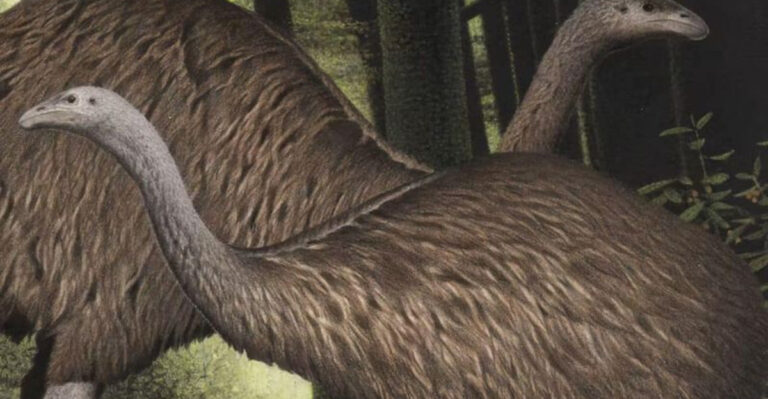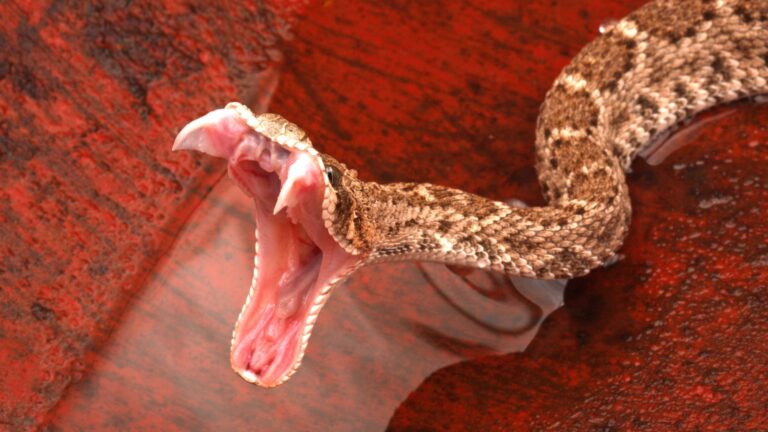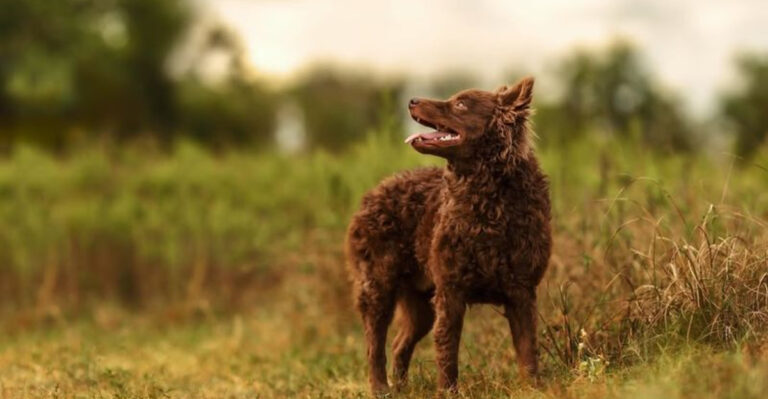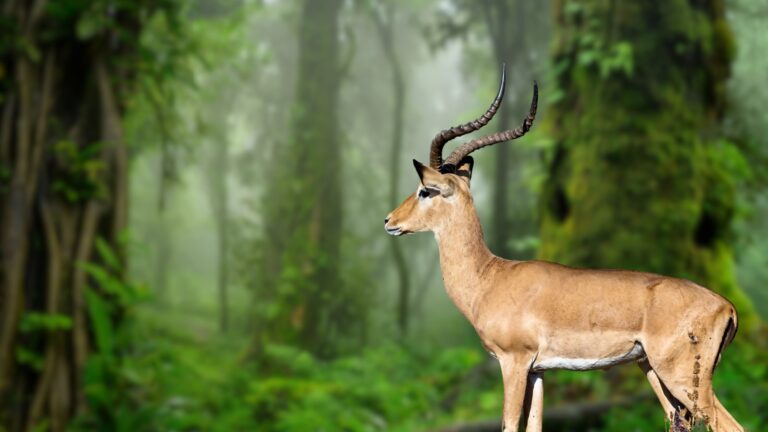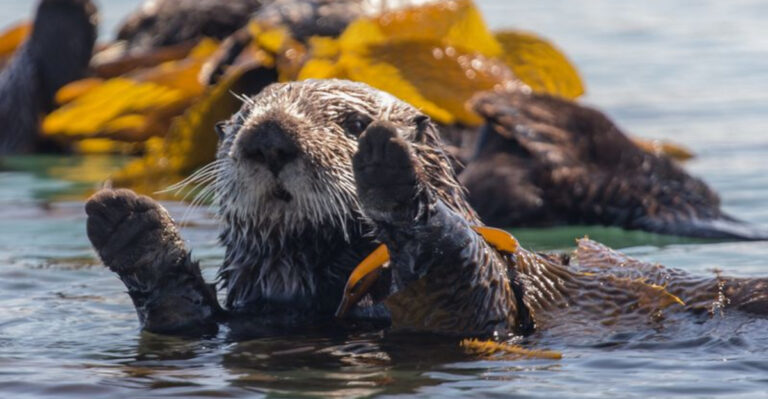14 Unique Wild Creatures You Can Only Find In Australia (Admire, Don’t Adopt!)

Australia’s isolation has created a wonderland of creatures found nowhere else on Earth. From pouched marsupials to egg-laying mammals, the Land Down Under hosts some of the planet’s most fascinating animals.
While these critters might look adorable in photos, they belong in their natural habitats where they contribute to Australia’s delicate ecosystems.
1. The Quokka: The Happiest Animal On Earth

These small marsupials are famous for their seemingly permanent smiles, making them social media sensations. Native to small islands off Western Australia, quokkas have no natural predators, explaining their fearless nature around humans.
Despite their friendly appearance, quokkas are wild animals with specific dietary and habitat needs that can’t be met in captivity. Their apparent ‘smile’ is actually just their facial structure!
2. Platypus: Nature’s Oddball Marvel
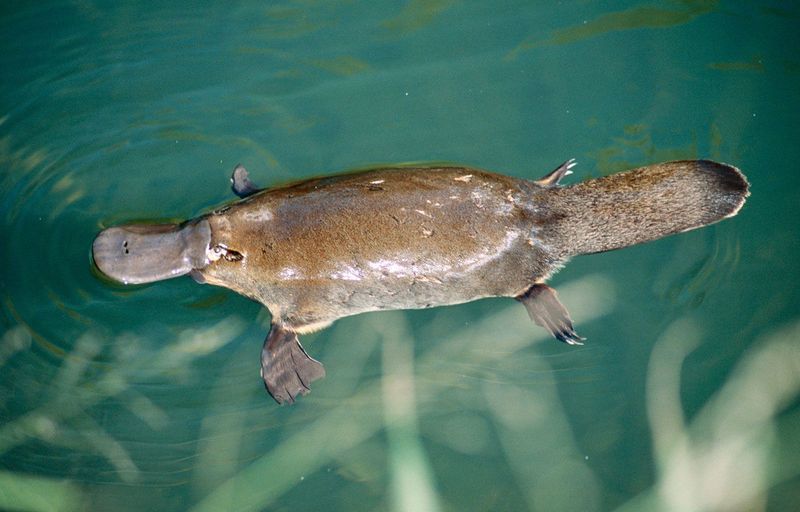
When European scientists first examined a platypus specimen, they thought it was a hoax with parts sewn together!
This egg-laying mammal sports a duck bill, beaver tail, and otter feet while males pack venomous spurs on their hind legs. Platypuses hunt underwater with closed eyes, using electrical receptors in their bills to detect prey movements. Their unusual biology continues to fascinate researchers worldwide.
3. Tasmanian Devil: Fierce Yet Endangered
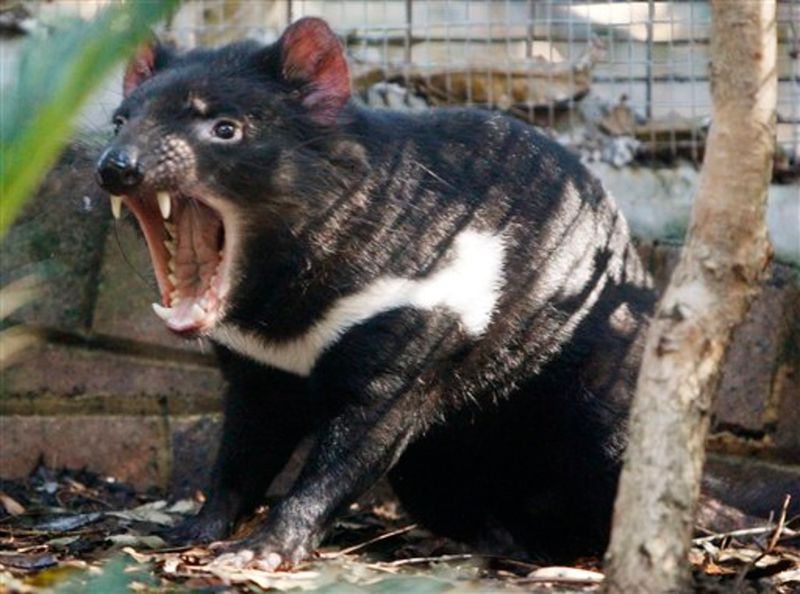
Don’t let their size fool you—these black marsupials have the strongest bite force relative to body size of any mammal! Named for their bone-chilling screams and aggressive feeding behavior, Tasmanian devils face a devastating facial tumor disease.
Conservation efforts include breeding programs and disease-free populations on mainland Australia. Their powerful jaws can crush bones completely, leaving no waste from their scavenged meals.
4. Wombat: The Burrowing Aussie
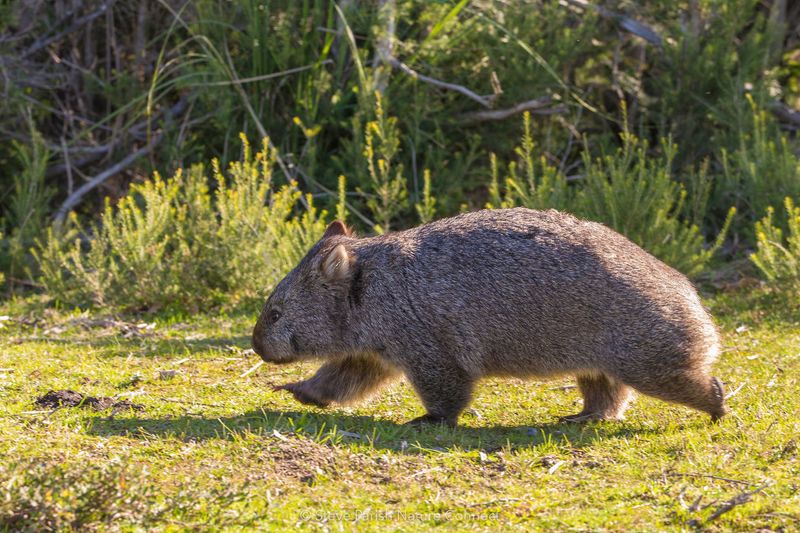
Wombats are nature’s bulldozers, creating extensive tunnel systems that can stretch over 100 feet long. Their backward-facing pouches prevent dirt from entering while digging, showing perfect evolutionary adaptation to their lifestyle.
Most famously, wombats produce cube-shaped poop—the only animal known to do so! This unusual shape prevents droppings from rolling away, helping mark territory on the uneven Australian terrain.
5. Cassowary: The Flightless Jungle Giant
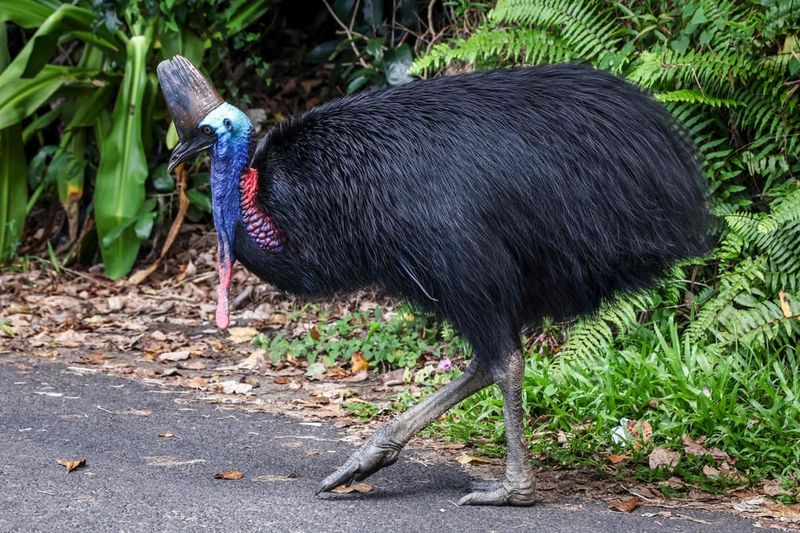
Often called the world’s most dangerous bird, cassowaries stand 6 feet tall with dagger-like middle claws that can disembowel predators with a single kick. Their brilliant blue necks and red wattles make them look prehistoric.
These rainforest guardians play a crucial ecological role by dispersing large seeds other animals can’t process. Despite their fearsome reputation, they’re typically shy unless threatened or protecting young.
6. Thorny Devil: The Armored Desert Lizard
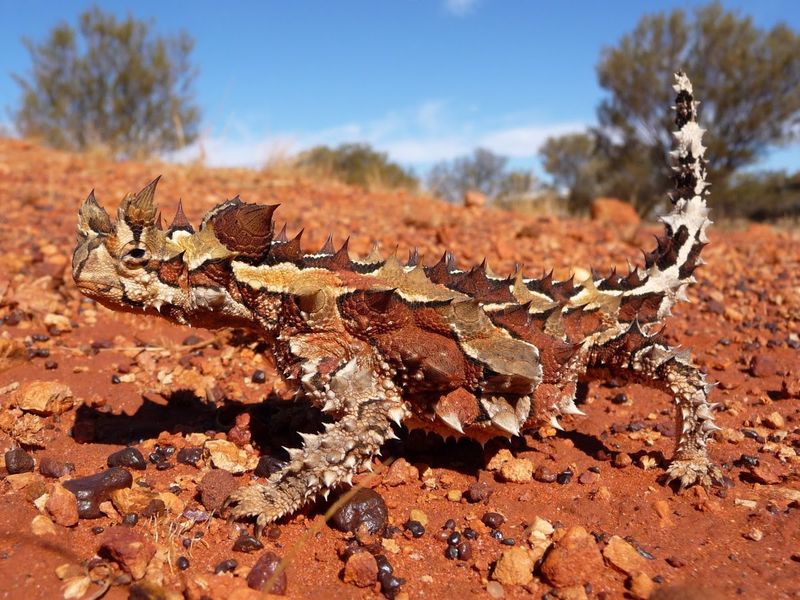
Covered in conical spines that make it look like a living cactus, the thorny devil has evolved remarkable adaptations for desert survival. Its skin works as a water collection system, channeling morning dew directly to its mouth through microscopic channels.
Color-changing abilities help regulate temperature and provide camouflage. These slow-moving lizards feast exclusively on ants—up to 3,000 in a single meal!
7. Bandicoot: The Elusive Forest Forager

With their pointed snouts and rabbit-like hopping, bandicoots create distinctive cone-shaped holes while hunting for underground treasures. These nocturnal marsupials have the shortest pregnancy of any mammal—just 12.5 days!
Eastern barred bandicoots were once common across Australia but now survive mainly in protected areas. Their constant digging aerates soil and spreads beneficial fungi, making them essential ecosystem engineers.
8. Bilby: Australia’s Long-Eared Desert Hopper
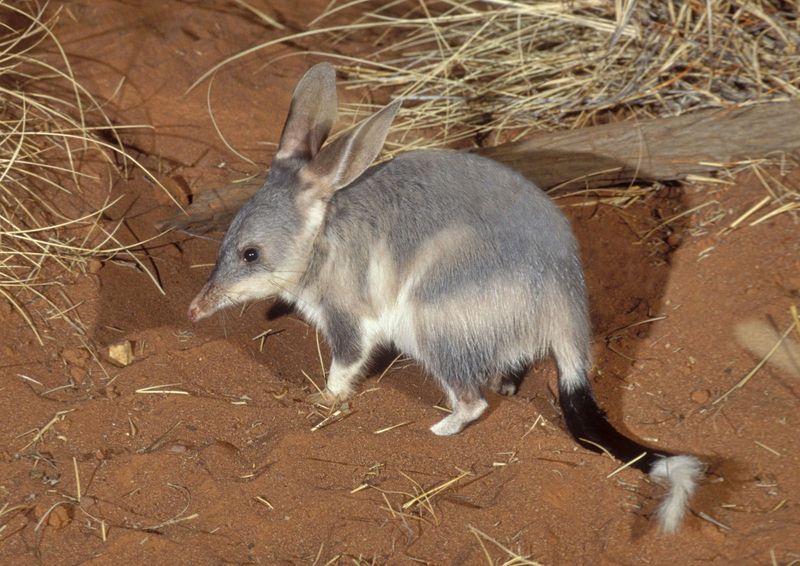
Easter in Australia celebrates the bilby instead of bunnies! These desert-dwelling marsupials sport enormous ears that serve as built-in air conditioners in the scorching outback heat. Their silky blue-gray fur feels like cashmere.
Bilbies can go their entire lives without drinking water, getting moisture from their food. Sadly, introduced predators like cats and foxes have pushed these adorable creatures to the brink of extinction.
9. Lyrebird: Master Of Mimicry

Male lyrebirds possess extraordinary vocal talents, perfectly imitating everything from chainsaws to camera shutters and other birds’ songs. Their elaborate courtship displays feature spectacular tail feathers arranged like an ancient Greek lyre.
Researchers have documented individual birds with repertoires of over 20 different species’ calls. Shy and seldom seen, these ground-dwelling birds spend most of their time scratching through forest leaf litter for insects.
10. Numbat: The Termite-Eating Specialist

Sporting distinctive stripes and a bushy squirrel-like tail, numbats stand out with their striking rusty-red coloration. Unlike other marsupials, they lack pouches and operate during daylight hours when termites are active.
Their sticky tongues can extend to half their body length, snagging up to 20,000 termites daily! Once widespread across southern Australia, fewer than 1,000 remain in the wild due to habitat loss and predation.
11. Sugar Glider: The Tiny Gliding Acrobat
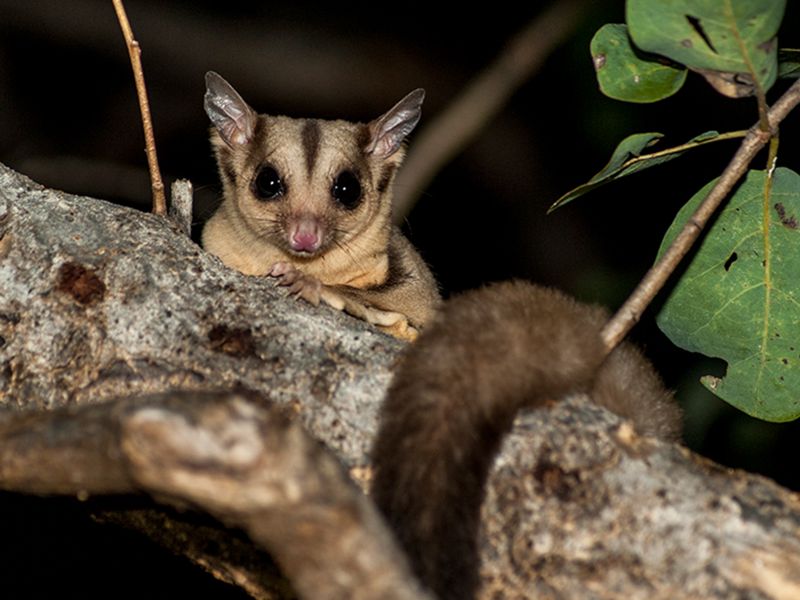
Membrane-winged marvels that soar between trees with incredible precision, sugar gliders can glide distances up to 50 meters in a single bound! Their big eyes and soft gray fur make them irresistibly cute to humans.
Highly social creatures, they live in family groups and communicate through complex vocalizations. Despite their popularity in the exotic pet trade, wild sugar gliders need vast forest territories and specific diets impossible to replicate at home.
12. Red Kangaroo: The Iconic Aussie Hopper

Standing taller than most humans when upright, red kangaroos can cover 25 feet in a single bound and reach speeds of 35 mph. Their powerful tails function as a fifth limb for balance and support while resting.
Female kangaroos possess the remarkable ability to pause pregnancy during harsh conditions. These marsupials have adapted perfectly to Australia’s arid interior, with specialized kidneys that conserve water and the ability to go months without drinking.
13. Blue-ringed Octopus: Small But Deadly

No bigger than a golf ball, these tiny cephalopods pack tetrodotoxin venom potent enough to kill 26 adults within minutes. Their vibrant blue rings flash as a warning when threatened—nature’s perfect caution sign.
Found in tide pools along Australia’s coasts, they’re normally yellowish-brown until agitated. Despite their deadly reputation, they’re not aggressive unless handled, reminding us why wild animals deserve respectful distance.
14. Leaf-tailed Gecko: Master Of Camouflage
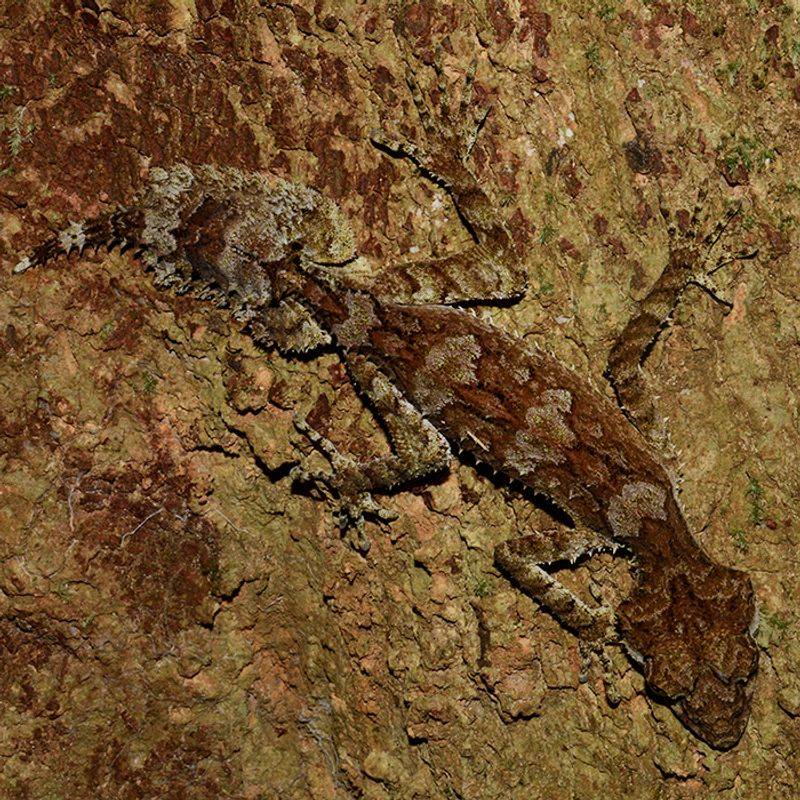
You might stare directly at a leaf-tailed gecko without ever seeing it! Their extraordinary camouflage includes leaf-like tails, mottled skin textures that mimic tree bark, and fringed edges that eliminate revealing shadows.
These nocturnal hunters remain motionless for hours, waiting for unsuspecting insects to wander close. Even their wide-set eyes feature intricate patterns that break up their outline, making them virtually invisible against Queensland’s rainforest trees.

